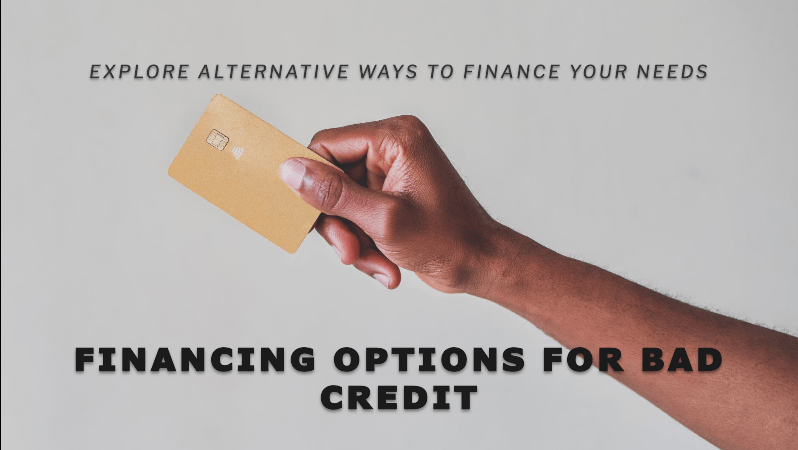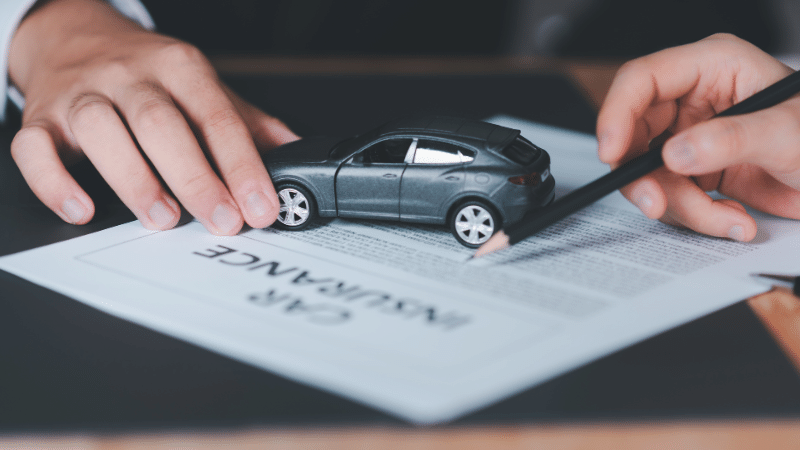Seeking a bad credit boat loan in Australia can be a challenge, but it’s far from impossible. Many Australians with less-than-perfect credit histories are still able to finance their dreams of boat ownership. This guide delves into where and how to find boat loans tailored for individuals with bad credit, highlighting the process, considerations, and resources available to aid in securing financing.

Understanding Bad Credit Boat Loans
Bad credit boat loans offer a second chance to those whose financial missteps have affected their credit scores. Unlike traditional financing options, these loans are specifically designed to accommodate individuals with poor credit histories by assessing their current financial situation and ability to repay the loan.
Finding the Right Lender for Bad Credit Boat Loans
Identifying lenders that specialise in bad credit financing is crucial. The best lenders for bad credit boat loans are those who understand that a credit score isn’t the sole indicator of financial responsibility. They evaluate your current income and employment stability to offer terms that align with your financial capability.
Secured vs. Unsecured Bad Credit Boat Loans
When exploring bad credit boat loan options, it’s important to understand the differences between secured and unsecured loans. Secured loans require collateral, usually the boat itself, which often results in better interest rates due to the lowered risk for lenders. Unsecured loans, on the other hand, do not require collateral but typically come with higher interest rates.
Navigating the Application and Approval Process
Navigating the application and approval process for a bad credit boat loan in Australia requires a strategic approach. This journey involves several key steps, each important for improving your odds of securing the financing you need, despite a less-than-ideal credit history. Here’s a detailed guide to help you through this process.
Step 1: Assess Your Financial Situation
Before diving into the application process, take a comprehensive look at your financial health. This means reviewing your income, debts, expenses, and, importantly, your credit report. Understanding your financial standing will not only help you gauge your loan affordability but also allow you to address any discrepancies or issues on your credit report that could hinder your loan approval chances.
Step 2: Research and Select Lenders
Not all lenders offer bad credit boat loans, and among those that do, terms and interest rates can vary widely. Spend time researching lenders that specialise in bad credit financing. Online research, financial forums, and reviews can be invaluable in identifying lenders with favourable terms for individuals with credit challenges. Additionally, consider reaching out to brokers who may have insights into lenders more amenable to your financial situation.
Step 3: Prepare Your Documentation
Lenders will require a variety of documents to process your application. Typically, this includes proof of income (such as pay slips or tax returns), identification documents, and evidence of any assets or debts. For Centrelink recipients, recent payment summaries will be necessary. Organising these documents in advance can streamline the application process.
Step 4: Understand the Terms
As you begin applying, pay close attention to the terms each lender offers. This includes the interest rate, loan term, monthly repayment amount, and any fees or charges associated with the loan. Use boat loan calculators to understand how these terms translate into monthly and total loan costs. Knowledge of these details is crucial for comparing different loan offers and selecting the one that best suits your financial situation.
Step 5: Apply
With your lender(s) selected and documents in hand, it’s time to apply. Many lenders offer online applications, which can expedite the process. Be thorough and honest in your application; inaccuracies or omissions can lead to delays or denials. If applying to multiple lenders, try to do so within a short time frame to minimise the impact on your credit score.
Step 6: Await Approval
After submitting your application, there will be a waiting period as the lender assesses your financial situation and creditworthiness. This can vary from a few days to several weeks. During this time, it’s important to remain patient and avoid taking on new debts, as changes in your financial situation could affect your loan approval.
Step 7: Review the Offer
Upon approval, you’ll receive a loan offer. Review this carefully, paying close attention to the APR (annual percentage rate), repayment schedule, and any additional fees or costs. Ensure you understand all aspects of the loan agreement. If anything is unclear, don’t hesitate to ask the lender for clarification.
Step 8: Finalise the Loan
If you’re satisfied with the offer, the final step is to accept the terms and finalise the loan. This might involve signing a contract and providing any additional documentation the lender requires. Once finalised, the funds will be disbursed, and you can proceed with purchasing your boat.
Additional Tips for Success:
- Improve Your Credit Score: If time allows, work on improving your credit score before applying. Even small improvements can positively impact your loan terms.
- Consider a Down Payment: Offering a down payment can improve your loan terms and reduce the total interest paid over the life of the loan.
- Explore Co-signing Options: Having a co-signer with a strong credit history can increase your approval chances and lead to better loan terms.
Navigating the application and approval process for a bad credit boat loan requires careful planning and attention to detail. By following these steps and preparing thoroughly, you can enhance your chances of securing a boat loan that fits your financial situation, bringing you closer to your dream of boat ownership.
Tools and Resources
Utilising tools such as boat loan calculators can greatly aid in planning by providing estimates on monthly payments and total loan costs. Additionally, reviewing your credit report beforehand allows you to address and rectify any inaccuracies that might impact your loan application negatively.
Geographic Considerations
The availability of bad credit boat loans can vary across Australia, with some lenders more prevalent in certain cities. Despite this, the rise of online lending has made it easier to find suitable options nationwide, expanding the pool of potential lenders beyond local boundaries.
Improving Your Chances
Improving your credit score, considering a co-signer, and demonstrating stable income are effective strategies to enhance your loan application. These actions can significantly increase your chances of approval by showing lenders your commitment to financial responsibility.
Alternative Financing Options
For those who find traditional bad credit boat loans challenging to secure, alternative financing options such as peer-to-peer lending and leasing may offer viable solutions. These alternatives often provide more flexible terms and are more accommodating of individuals with bad credit histories.
FAQ Section
Can I get a boat loan with bad credit in Australia?
Yes, it’s possible to secure a boat loan with bad credit in Australia by finding lenders that offer specialised financing options for individuals in this situation.
Are bad credit boat loans guaranteed?
No loan is ever truly guaranteed; however, there are lenders willing to work with individuals with bad credit, increasing the likelihood of approval.
How do I find bad credit boat loans near me?
Utilising online searches, consulting with financial advisors, and exploring offerings from boat dealerships can help identify lenders that offer bad credit boat loans in your area or nationally.
What’s the difference between secured and unsecured boat loans?
The main difference lies in the requirement of collateral. Secured loans require an asset as security, usually resulting in lower interest rates, while unsecured loans do not, typically leading to higher rates due to the increased risk to lenders.



